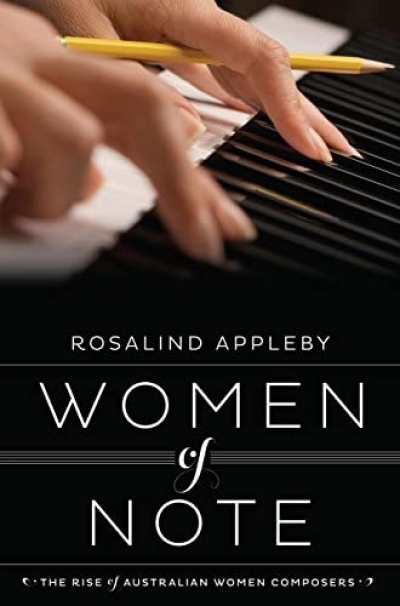Fremantle Press
Women of Note: The rise of Australian women composers by Rosalind Appleby
by Jillian Graham •
Father Of The House: The memoirs of Kim E. Beazley by Kim E. Beazley
by Geoff Gallop •
Australian Pastoral: The making of a white landscape by Jeannette Hoorn
by Daniel Thomas •










